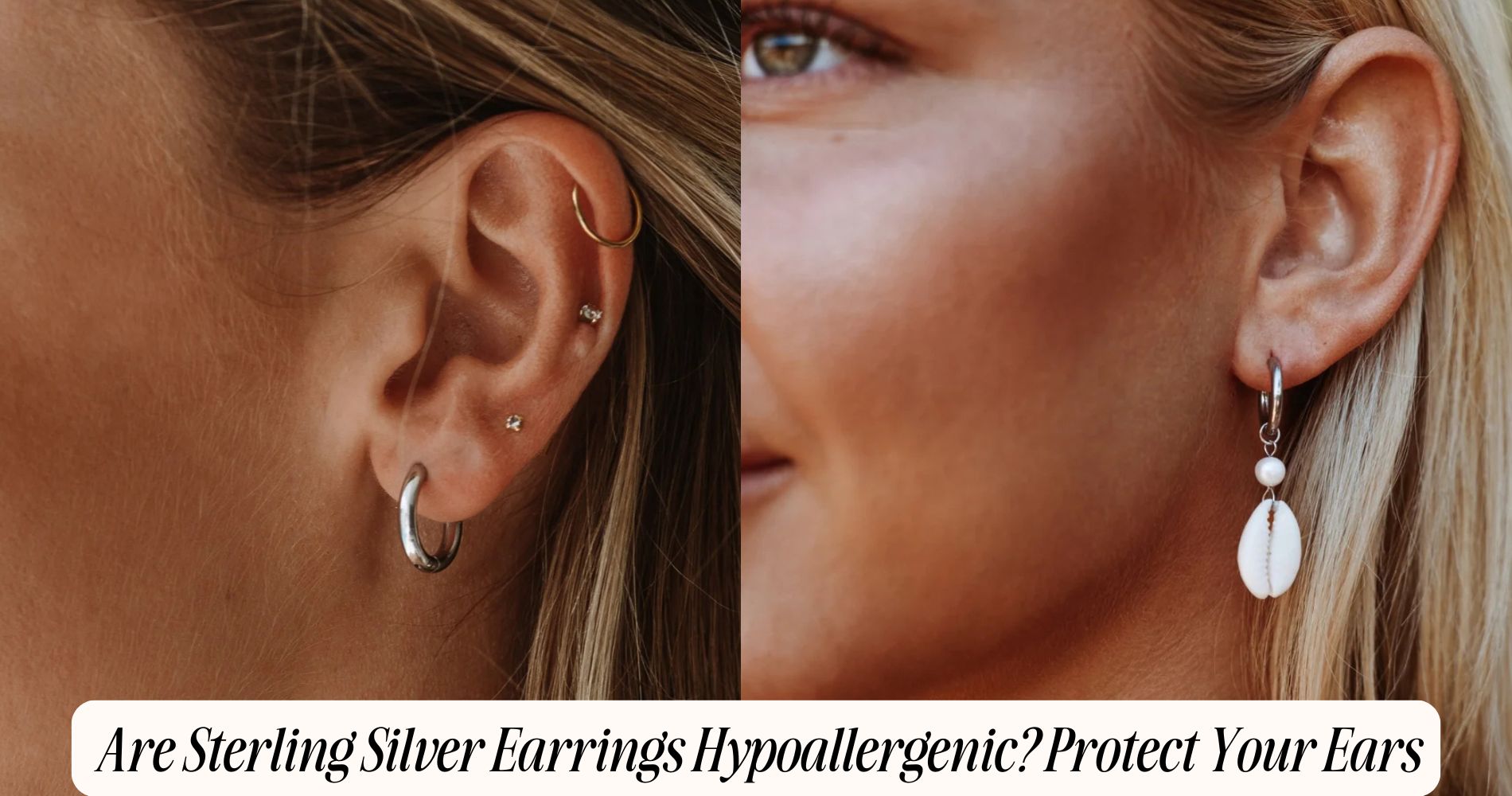
Are Sterling Silver Earrings Hypoallergenic? Protect Your Ears
Are sterling silver earrings hypoallergenic? In most cases, yes—they're a great choice for sensitive ears. Sterling silver is made from 92.5% pure silver and 7.5% copper, both of which are unlikely to cause allergic reactions. Just make sure your earrings are stamped “925” to ensure authenticity, as lower-quality pieces might contain nickel—a common allergen. Choosing genuine sterling silver can help you avoid irritation and keep your skin safe. If you're looking for safety tips, care advice, or want to browse some allergy-free earrings, there’s plenty more to explore.
Understanding Hypoallergenic Jewelry
Although many people enjoy wearing jewelry daily, some metals can trigger allergic reactions due to skin sensitivities. When you select hypoallergenic jewelry, you’re choosing metals formulated to minimize allergic responses.
A primary concern is nickel content, as nickel is a common allergen and often causes contact dermatitis. Hypoallergenic earrings aim to reduce or eliminate nickel, focusing on allergy prevention for sensitive skin.
You’ll often see terms like “nickel-free” or “low-nickel” to indicate safer options. It’s important to verify these claims and check for compliance with regulations on nickel release.
What Is Sterling Silver Made Of?
To make informed choices about hypoallergenic earrings, you need to understand the composition of sterling silver. Sterling silver isn’t pure silver; it’s an alloy made from 92.5% pure silver and 7.5% other metals, most commonly copper.
This blend improves durability since pure silver is too soft for everyday jewelry. However, the presence of additional metals can influence your risk of allergic reactions. While silver itself is rarely linked to metal allergies, the alloying metals—especially nickel, when used—can be problematic for sensitive ears.
Copper is typically hypoallergenic, though traces of nickel might be present in some lower-quality sterling silver. Always check for a “925” stamp to ensure authenticity and minimize the risk of metal allergies when selecting sterling silver earrings.
Common Causes of Earring Allergies
When you experience irritation or discomfort from earrings, the underlying cause is usually a metal allergy triggered by direct skin contact with certain alloys. The most common culprit is nickel, a metal frequently used in jewelry alloys for strength and durability.
If you have nickel sensitivity, your immune system may recognize nickel ions as harmful, leading to allergy symptoms such as redness, itching, swelling, or even blistering at the site of contact. Other metals like cobalt and chromium can also provoke similar allergic reactions, but nickel remains the primary allergen in earrings.
Prolonged exposure increases sensitization, making subsequent reactions more severe. To minimize risk, it’s essential to understand which metals are present in your earrings and watch for early signs of allergic response.
How Sterling Silver Affects Sensitive Ears
If you have sensitive ears, sterling silver offers a practical alternative to base metal jewelry because its primary composition—92.5% pure silver alloyed with 7.5% copper—significantly reduces the risk of allergic reactions.
Pure silver is inert and rarely causes irritation, making it a preferred material for those concerned about allergy triggers. The absence of nickel content in genuine sterling silver is vital, as nickel is a common cause of contact dermatitis and sensitivities.
When you choose sterling silver, you’re minimizing exposure to metals that typically provoke immune responses. However, it’s important to note that some low-quality “silver” alloys may include trace nickel, so always verify the alloy’s specifications.
Tips for Choosing Safe Earrings
Although sterling silver is generally safe for sensitive ears, selecting the right earrings involves more than just checking the metal composition. You should verify the purity of sterling silver—look for a 92.5% silver stamp (often marked as “925”) to ensure minimal alloy content.
Evaluate material compatibility by confirming that posts, clasps, and hooks are also made from hypoallergenic metals. Avoid earrings with unknown or mixed materials that may contain nickel or other common allergens.
If you have a history of metal sensitivities, consider performing allergy testing with a dermatologist before purchasing new earrings. Opt for earrings labeled “nickel-free” or “hypoallergenic” for added protection.
Additionally, choose designs with smooth finishes to reduce skin irritation and always inspect for proper craftsmanship to prevent unnecessary exposure to reactive alloys.
Caring for Your Sterling Silver Jewelry
Proper maintenance guarantees your sterling silver jewelry remains both beautiful and safe for sensitive skin. Always store your earrings in a dry, airtight container to prevent tarnishing, which can occur when silver reacts with sulfur in the air.
Regularly clean your jewelry using a soft, lint-free cloth and a mild silver cleaner free of harsh chemicals. This step removes potential irritants and reduces the risk of allergic reactions caused by residue or buildup.
Inspect your earrings for any plating wear; exposed alloys may contain trace nickel content, increasing sensitivity risks. Avoid exposing your sterling silver to moisture, cosmetics, and household chemicals, as these can accelerate tarnish and degrade the metal’s hypoallergenic properties.
Frequently Asked Questions
Can I Sleep With Sterling Silver Earrings in My Ears?
You can sleep with sterling silver earrings, but for best earring safety and to reduce risks of irritation or skin sensitivity, remove them nightly. This prevents potential tarnish buildup, mechanical stress, and skin reactions from prolonged contact.
How Can I Tell if My Earrings Are Real Sterling Silver?
To determine if your earrings are real sterling silver, check for a “925” stamp, use silver purity testing kits, or consult a jeweler specializing in jewelry authentication. These methods guarantee accurate identification of sterling silver’s composition and authenticity.
Are There Age Restrictions for Wearing Sterling Silver Earrings?
You won’t find strict age restrictions for sterling silver earrings, but always consider ear piercing age and prioritize children jewelry safety. Choose nickel-free, high-quality sterling silver to minimize allergic reactions and guarantee safe, comfortable wear for young users.
Do Sterling Silver Earrings Tarnish Faster in Humid Climates?
You'll notice sterling silver earrings tarnish faster in humid climates due to increased humidity effects. Moist air accelerates oxidation, a primary tarnishing factor. Always store your earrings in dry, airtight containers to minimize these environmental influences.
Can Sterling Silver Earrings Be Resized or Repaired?
You can usually opt for earring resizing or sterling silver repairs, since jewelers can skillfully solder, reshape, or replace parts. Sterling silver’s malleability allows precise adjustments, but intricate designs or stone settings may complicate the process.
Conclusion
Sterling silver earrings can be a hypoallergenic choice, but only if you’re aware of their composition. Because sterling silver contains 92.5% pure silver and 7.5% alloy metals—often copper, but sometimes nickel—always check for nickel-free pieces to minimize allergic reactions. By understanding metal content, selecting quality earrings, and maintaining proper cleaning routines, you’ll protect your ears from irritation. Make informed choices and prioritize hypoallergenic materials for both comfort and long-term ear health.













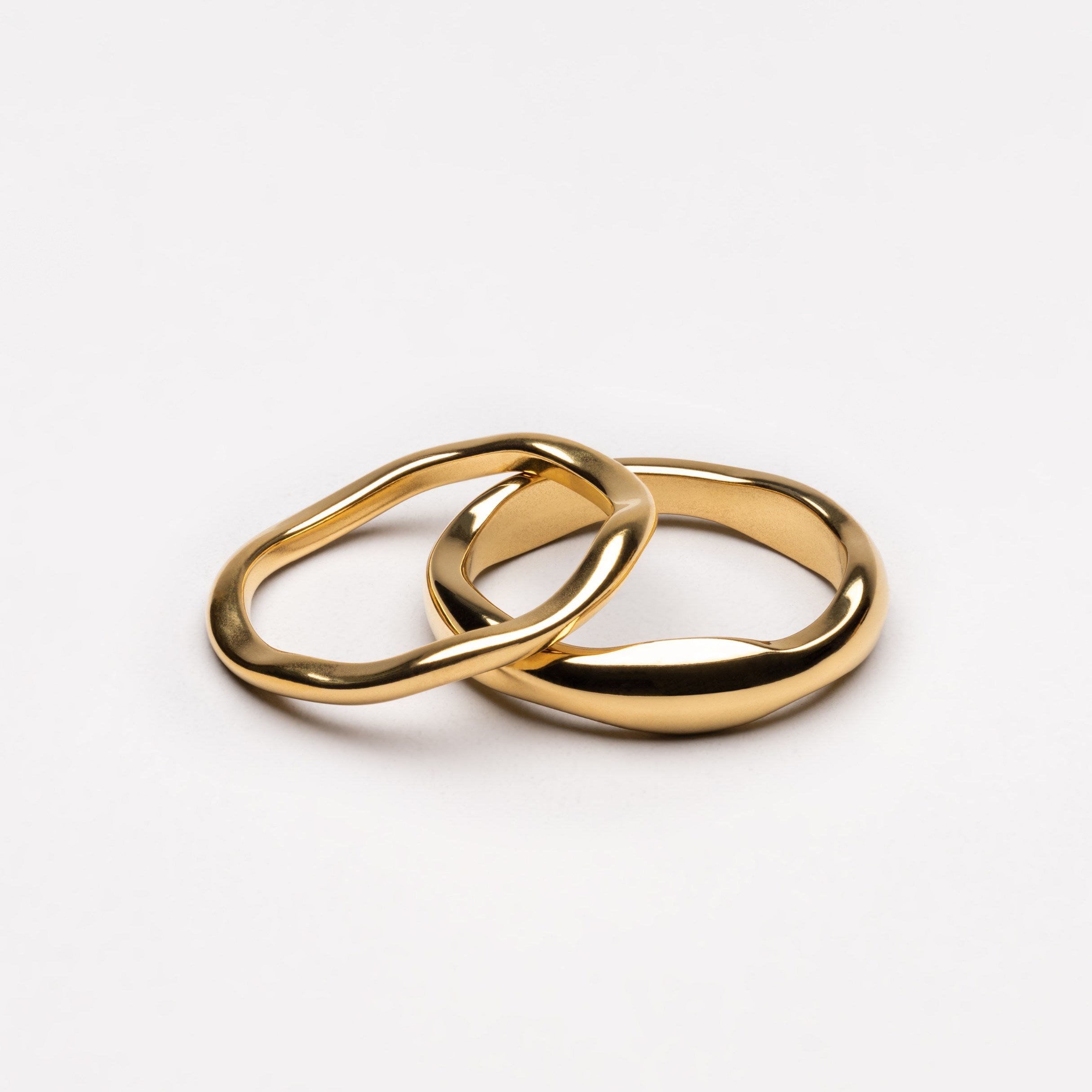
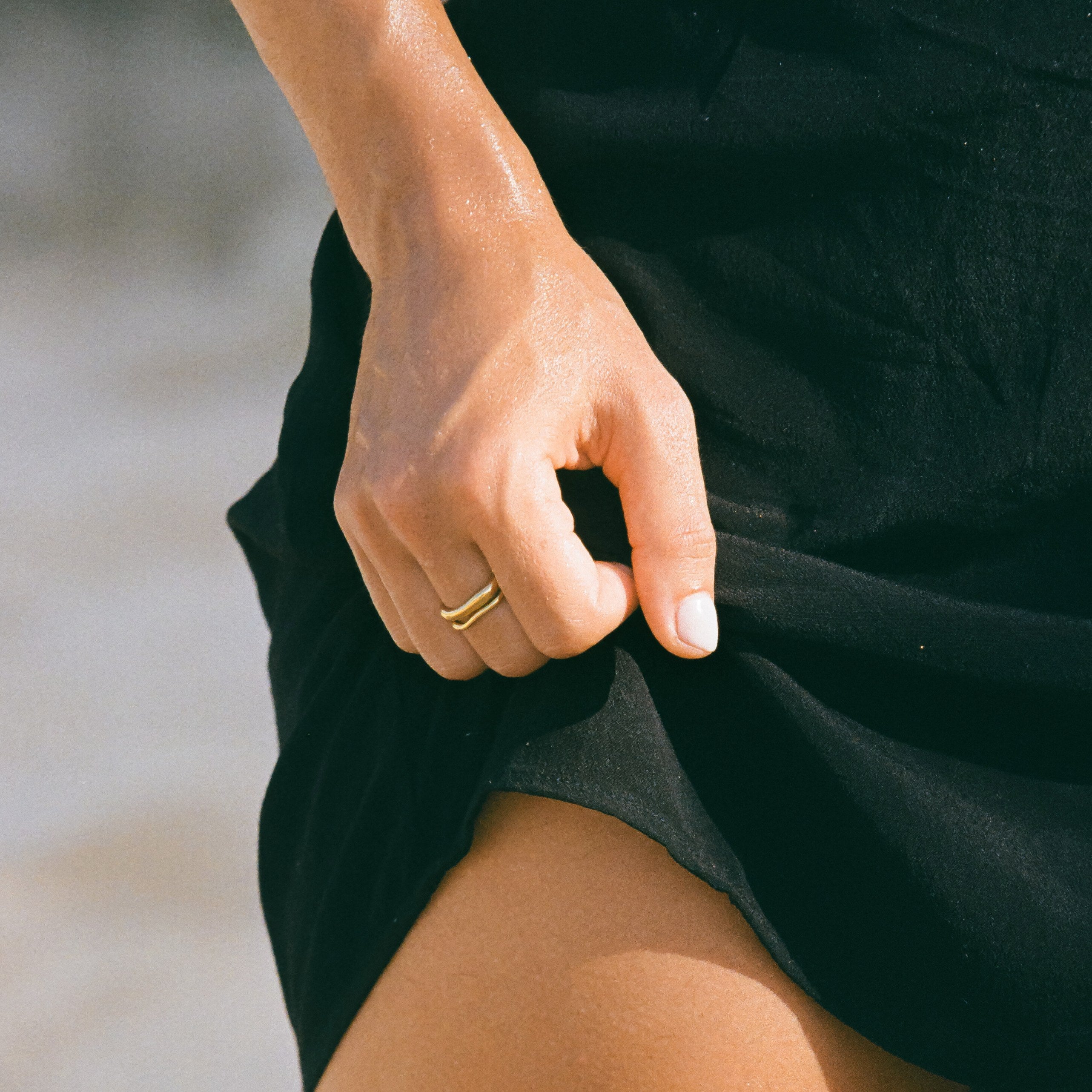

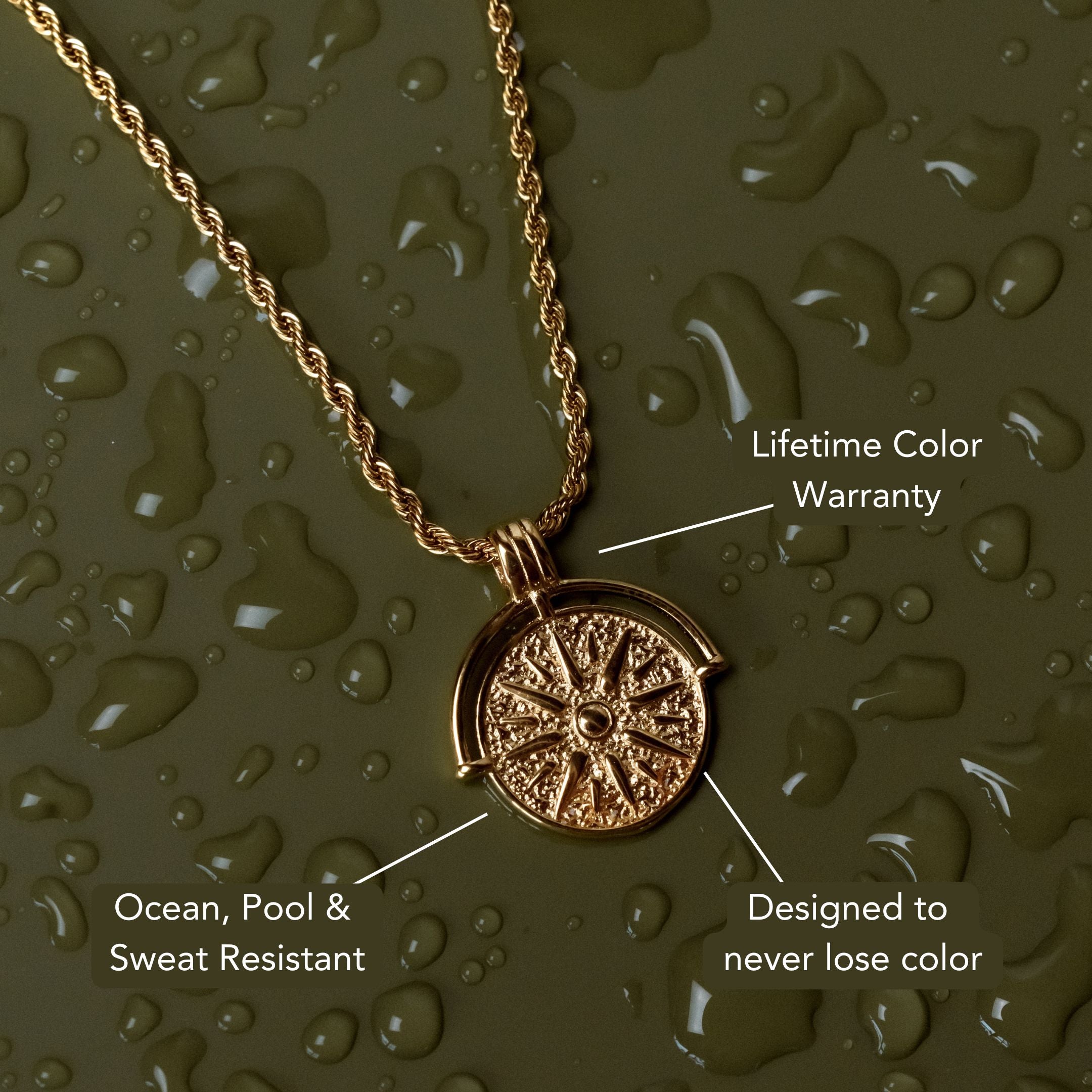
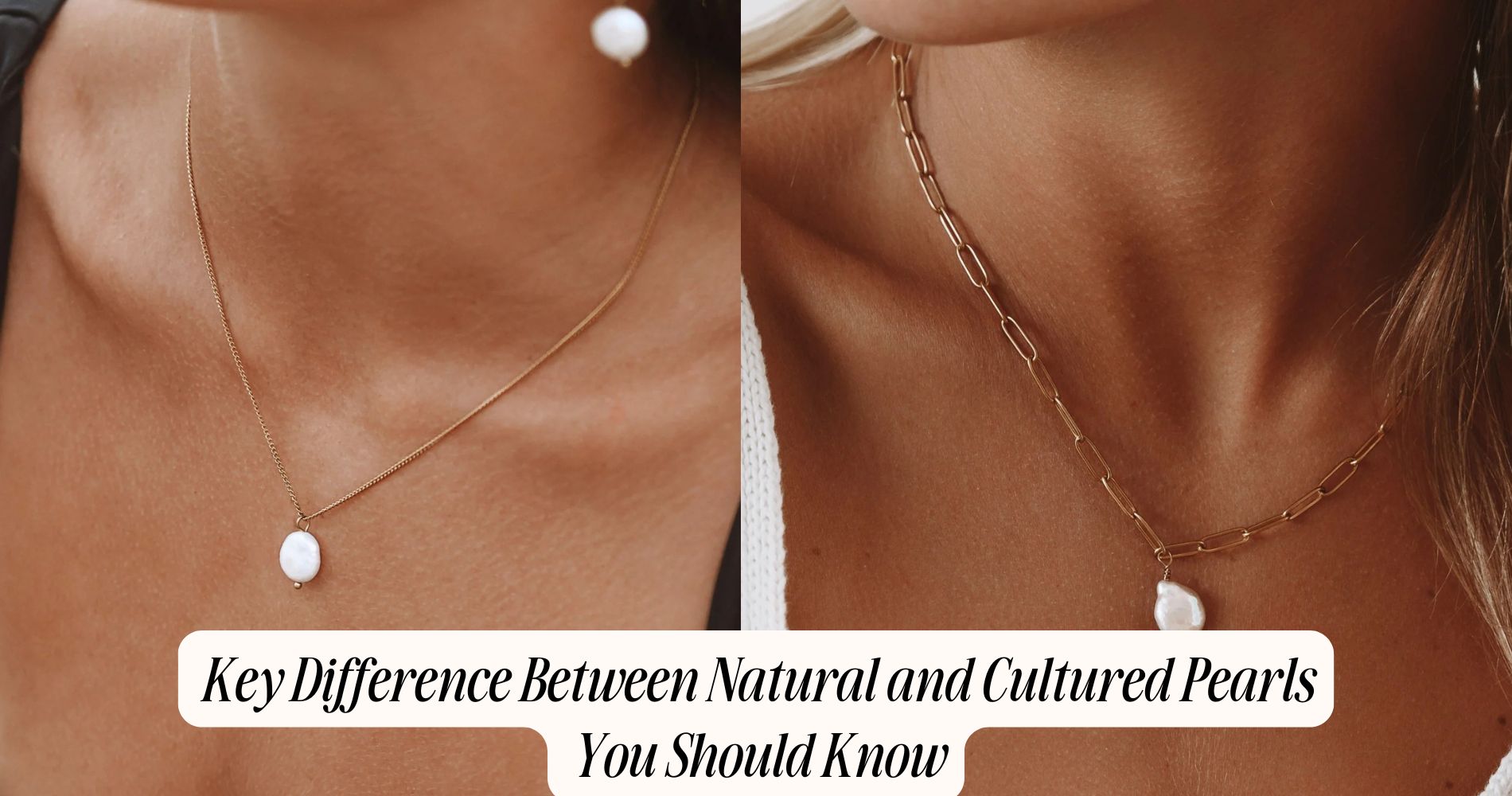
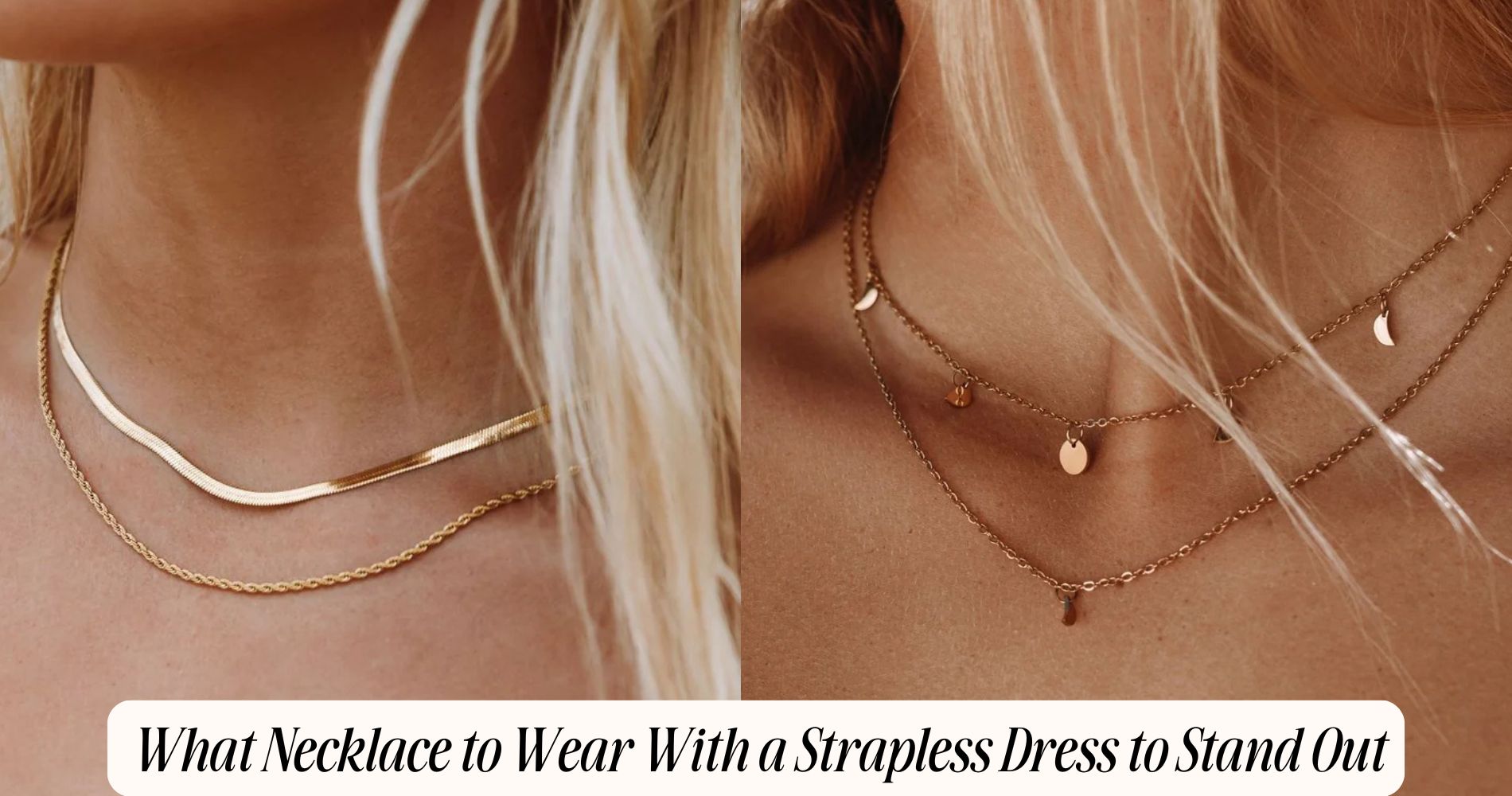




Leave a comment
This site is protected by hCaptcha and the hCaptcha Privacy Policy and Terms of Service apply.